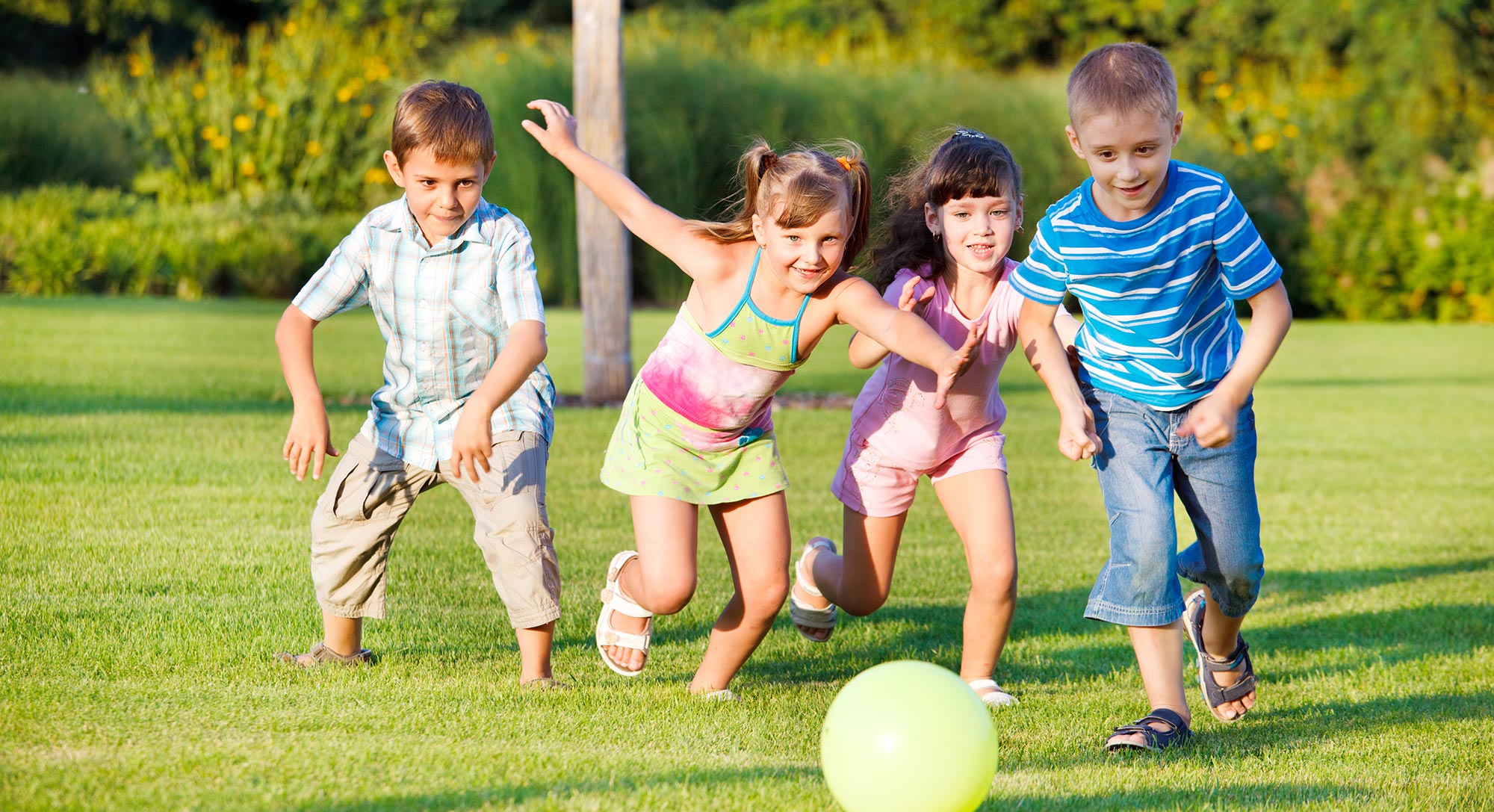Synthetic turf, artificial grass – no matter what you call it, it has evolved into something special since the 1960s. Initially installed on a recreation area in Rhode Island, artificial grass quickly gained popularity for sporting venues and soon found its way into residential homes, transforming small backyard spots into miniature putting greens. Here’s a closer look at synthetic grass, its benefits, and why it might be the perfect solution for your home.

Fake Turf or Real Grass: The Great Illusion
Most homeowners cherish the smell of freshly mowed grass in the spring, a nostalgic reminder of childhood. The experience of walking on grass, feeling each blade underfoot, is unbeatable. However, today’s artificial grass can provide the same tactile experience without the maintenance. Synthetic grass is designed with fibers that mimic real grass blades, arranged randomly to achieve a natural appearance both up close and from a distance.
The Major Advantages of Synthetic Grass
Maintaining a lush, green lawn requires significant effort and expense. With synthetic grass, you can enjoy a beautiful lawn without the associated chores. Here are some major advantages:
No Mowing or Watering: Forget about mowing or watering. Synthetic grass stays perfectly trimmed and green regardless of weather conditions.
Cost Savings: Save money on gas, oil, and parts for the mower. You also eliminate the need for fertilizers, weed killers, and pesticides.
Drought Resistance: Synthetic grass doesn’t turn brown during droughts, maintaining its vibrant appearance year-round.
Durability: Play on the lawn without worrying about damaging the turf. Synthetic grass withstands heavy foot traffic and use.
Weed and Pest Prevention: Artificial grass prevents weed growth and pest infestations, reducing the need for chemical treatments.
Built-in Drainage: Synthetic grass features a built-in drainage system, ensuring it dries quickly after rain. No more muddy patches or holes dug by pets.
Realistic Appearance and Versatility
Modern synthetic grass is a far cry from the flat, green mats once used in football fields. It now feels thick and soft, with varied blade lengths and colors to replicate the look of real grass. You can play sports, let pets run, and set up lawn furniture without worrying about matting the grass or leaving dead patches.
Installation Process
Step 1: Site Preparation
- Remove existing grass and debris.
- Ensure proper grading for drainage.
Step 2: Base Layer Installation
- Lay a base of crushed rock or gravel to create a stable foundation.
- Compact the base to ensure stability.
Step 3: Turf Placement
- Roll out the synthetic turf and allow it to acclimate.
- Trim the edges to fit the desired area.
Step 4: Securing the Turf
- Use landscape staples or nails to secure the turf edges.
- Apply infill material to help the fibers stand upright and provide cushioning.
Step 5: Final Touches
- Brush the turf to distribute the infill evenly.
- Inspect for any areas that need additional securing or adjustments.
Switching to synthetic grass offers numerous benefits, from reduced maintenance and cost savings to a consistently green and lush appearance. With advancements in technology, synthetic grass now looks and feels like the real thing, providing a durable and aesthetically pleasing alternative to natural grass. Whether you want a pristine lawn for your home or a functional outdoor space for activities, synthetic grass is a versatile and practical solution.
